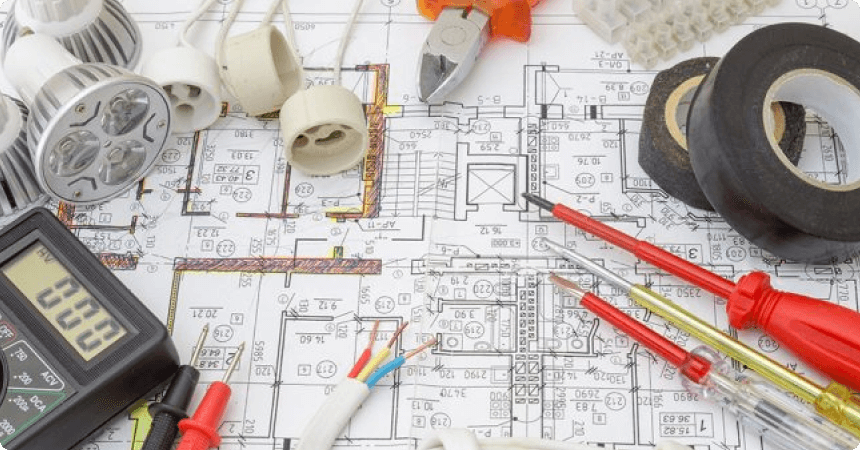In the electrical equipment industry of 2025, an unexpected trend has emerged: a surge in demand for used and refurbished systems across multiple sectors globally. Despite ongoing technological innovations, businesses are increasingly choosing previously owned equipment.
This shift represents a significant departure from traditional market behaviors, where new advancements typically render older equipment obsolete. Instead, companies from small businesses to major utilities are reassessing their equipment strategies with greater consideration for pre-owned options.
The trend spans geographic regions and affects diverse categories of products, from industrial power systems to energy distribution networks.
Market Context Behind the Surprising Equipment Demand
The electrical equipment market is expected to grow into a $1.83 trillion global powerhouse in 2025, with a 7.2% annual growth rate from 2024. Industry projections suggest continued expansion to $2.33 trillion by 2029.
Factors Driving Counterintuitive Growth
What makes this rising demand particularly unexpected is that it occurs alongside waves of innovation rather than being diminished by them. The used equipment sector thrives not merely as an alternative for resource-constrained organizations but as a strategic choice for well-capitalized businesses.
This demand appears strongest in sectors where equipment durability excels and where supply chain issues have impacted new equipment availability. Industrial manufacturing, power distribution, and commercial building applications show robust growth for quality used systems.
Even organizations engaged in digital transformation now frequently consider used equipment options that can be retrofitted with modern controls rather than complete system replacements.
Economic Drivers Behind Used Equipment Demand
Economic pragmatism drives the unexpected surge in the used electrical equipment market. Organizations across sectors have recognized substantial financial advantages in acquiring quality pre-owned equipment.
Cost Efficiency in Uncertain Economic Landscapes
Raw material price volatility has significantly impacted new equipment costs. Essential components like copper and aluminum have experienced price fluctuations that directly affect production expenses. These increased costs make new equipment purchases increasingly expensive.
This economic reality has created favorable conditions for electrical surplus buyers.
Investment Optimization and Capital Allocation
Rather than investing heavily in new equipment that may depreciate rapidly, many operations have found that quality used equipment maintains operational effectiveness while preserving capital for other initiatives.
For companies with surplus equipment, the robust secondary market creates opportunities to recover significant value.
Supply Chain Considerations Driving Secondary Market
Global manufacturing and shipping disruptions have created extended lead times for new electrical equipment. Organizations facing urgent operational needs cannot accommodate delivery schedules stretching 6-18 months for specialized equipment. The used market often provides immediate availability for equipment that would otherwise require extensive waiting.
Component shortages have particularly affected equipment containing advanced semiconductors. The tight supply of IGBTs has made functional used equipment containing these components especially valuable in secondary markets.
Risk Mitigation Through Diversified Sourcing
Companies have increasingly adopted supply chain risk mitigation strategies that include secondary market sourcing. This approach reduces dependency on single-source manufacturers whose production capacity may face constraints.
Manufacturing operations requiring continuous uptime have found particular value in maintaining relationships with reputable electric equipment suppliers. These connections provide access to compatible replacement units when primary supply chains experience disruptions.
Sustainability Imperatives in Equipment Decisions
Sustainability concerns have emerged as powerful drivers in the growing demand for used electrical equipment. As organizations prioritize environmental responsibility, the secondary market offers compelling advantages aligned with circular economy principles.
Environmental Impact Reduction
Extending equipment lifecycles through reuse significantly reduces resource consumption and manufacturing emissions. Each piece of electrical equipment that remains in service represents conservation of raw materials and energy that would otherwise be required for new production.
Many organizations have implemented specific carbon reduction targets in their operations. The carbon footprint associated with refurbishing and redeploying existing equipment is substantially lower than manufacturing new units, making used equipment increasingly attractive as companies work toward sustainability goals.
Regulatory Compliance and Corporate Responsibility
As regulatory frameworks for energy efficiency become more stringent, many organizations find that properly refurbished used equipment can meet these standards while providing cost savings. This approach allows companies to balance compliance requirements with financial considerations.
Corporate responsibility initiatives increasingly emphasize sustainable procurement practices. Companies that participate in secondary equipment markets, whether as buyers or sellers, can demonstrate a tangible commitment to resource conservation and waste reduction principles in their operational decisions.
The Wrap Up
The surprising demand for used electrical equipment in 2025 represents a significant and multifaceted market trend. This growth defies conventional expectations that technological advancement would diminish secondary market relevance. Instead, economic pragmatism, supply chain realities, sustainability imperatives, and practical technological considerations have combined to strengthen this market segment.
United Industries delivers market-leading valuations when you sell surplus electrical equipment. We provide streamlined logistics for equipment removal and help organizations maximize recovery value from unused electrical assets. Contact us for a no-obligation assessment of your surplus electrical equipment value.
 :
https://es.pinterest.com/cowboysallengs
:
https://es.pinterest.com/cowboysallengs

